Web Operating System is an internet service through which a user can access his computer data remotely anywhere on any computer and in any part of earth were internet is available.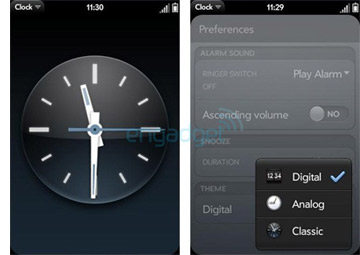
Fig. 1: A Representational Image of Web Operating System
It has been termed as “Web Operating System” because they are present on the web and not on the computer of the user, all the data is being stored on the servers of the Web OS provider. Recently there was big roar on internet about the word “iCloud”. It was an introduction of one more operating system in the category of web operating systems. Web Operating systems (webOS) was introduced as a thought that one might be able to play with application, store data, and share it on the internet from anywhere in the world. So does a web OS do. Today web OS are capable of storing large amount of user data as large as 50 GB providing a very simplified and user friendly interface. One can share files, listen to music, read news and can do many other stuff depending upon the diversity and richness of the web OS used by the user. In one line, “We have internet on computer. So, web OS is computer on the internet”.
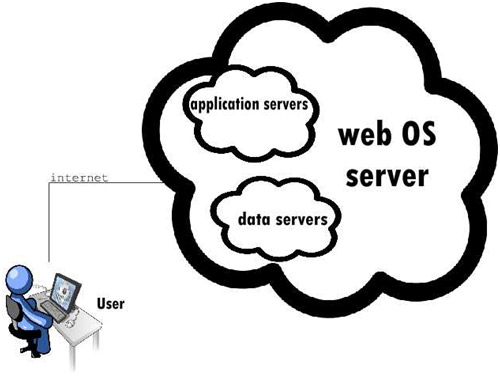
How to Start with Web OS
Developing a Web OS
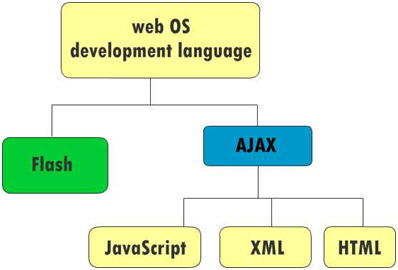
Features & Applications
Different services offered by web operating system are listed below:
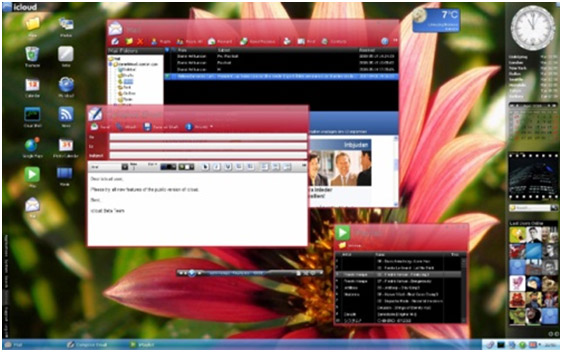
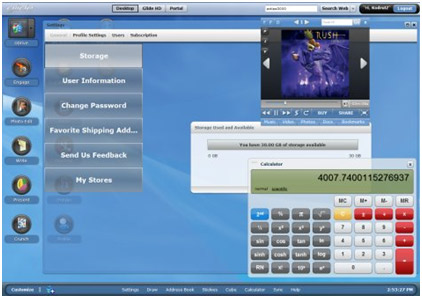
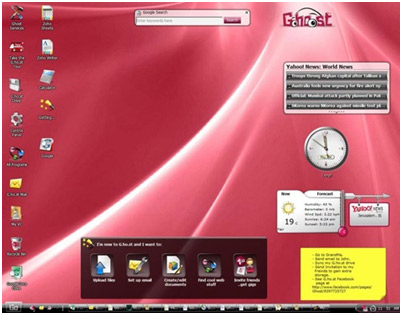
Features & Applications Contd..
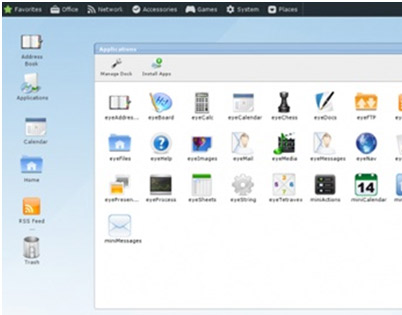
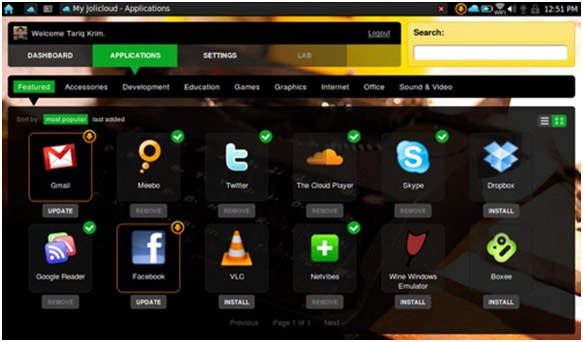
Filed Under: Tech Articles


Questions related to this article?
👉Ask and discuss on Electro-Tech-Online.com and EDAboard.com forums.
Tell Us What You Think!!
You must be logged in to post a comment.